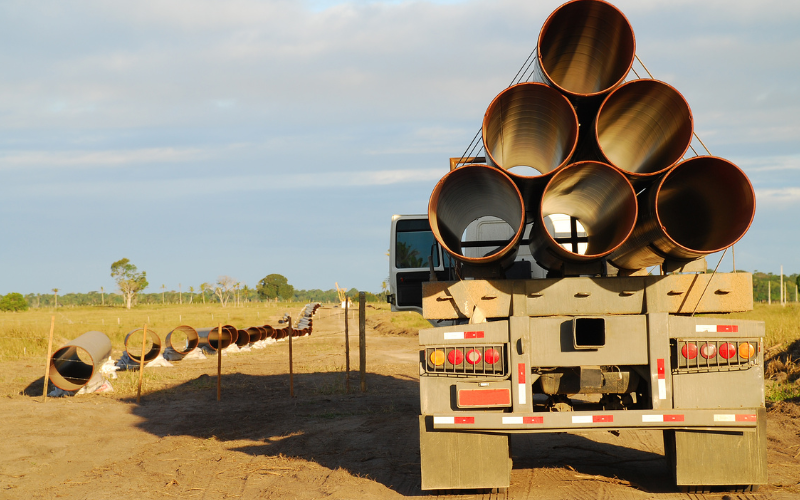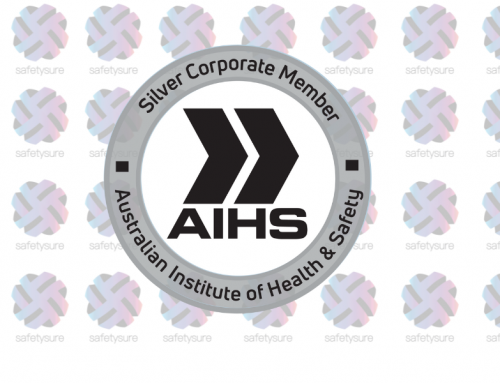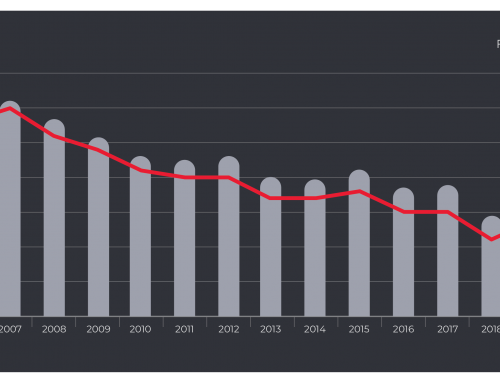The Queensland Coroner has recently published its findings into the death of a truck driver at a yard while unloading a vehicle with steel pipes. The report highlights some important learnings regarding the safe loading of vehicles that can be applied in warehouses and distribution centres.
The incident involved the death of Mr Billy-Joh Watts, a truck driver employed by a leading transport operator. During unloading steel pipes using a Front-end Loader equipped with forklift tynes, Mr Watts was acting as a spotter while his colleague operated the front-end loader. During the unloading process, a pipe rolled off the trailer and struck Mr Watts, causing his instantaneous death.
The coroner’s report has highlighted several factors that contributed to the incident. These include:
- An inadequately prepared Exclusion Zone that obstructed the Front End Loader’s view of the deceased and limited the deceased workers’ range of movement to avoid the falling pipe.
- Inadvertent carelessness through complacency.
- Potential inattention through distraction due to a recent loss of a close friend in a road traffic crash.
- Fatigue from the deceased having worked 26 consecutive days prior to the incident.
- An inherently unsafe loading manoeuvre that required the front-end loader to reach across the trailer to collect the pipe and had tynes that were too short on the driver’s side.
Additionally, the coroner’s report emphasised that no single factor can be identified as the sole cause of the incident. Rather, it is likely that a combination of factors contributed to the incident.
To prevent a similar incident at your warehouse or distribution centre, several learnings may be applied.
Safe Unloading of Vehicles – Learnings
Firstly, organisations should implement effective exclusion zones and establish communication protocols between spotters and machine operators to prevent accidents during loading and unloading operations. They should also ensure that the equipment used for handling loads is suitable for the task and that it is properly maintained.
Secondly, organisations should ensure that risks are identified, safety procedures are defined, and their employees receive adequate training in those safety procedures to mitigate the risks involved in the activity. They should encourage their employees to report any safety concerns or incidents and take prompt action to address them.
Thirdly, organisations should also ensure that they comply with all relevant laws and regulations related to safety, such as the Heavy Vehicle National Law (Queensland – fatigue management laws) in this case.
Fourthly, organisations should be aware of the impact of external factors, such as grief or trauma, on their employees’ ability to work safely. They should provide appropriate support and resources to help employees cope with such events and ensure that they are fit to work.
Finally, organisations should regularly review their safety procedures and work practices to identify and address any potential hazards.
This tragic event shows that a combination of factors can contribute to workplace incidents. Organisations must take a comprehensive approach to work health and safety that includes training, compliance, support for employees, and regular review of procedures. These practices may help stop employees “normalising risks”.
You might like to read about Dreamworld’s failure to identify risk
Normalising risks
Normalisation of risk is a phenomenon where individuals or indeed whole organisations, become accustomed to taking risks as a part of their routine activities. Over time, the perception of risk can be dulled, and people may begin to accept risks as an inevitable part of their work.
The normalisation of risk can lead to complacency and a failure to recognise the inherent hazards of their activity, increasing the likelihood of accidents or incidents. It is essential to prevent the normalisation of risk in businesses, large or small, to prevent tragic incidents like this one.
The Coroners Report following the Inquest into the cause and circumstances surrounding the death of BILLY-JOH WATT is available here
Read about Forklift Safety here







Leave A Comment